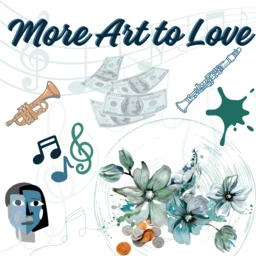When school budgets tighten, the arts are often the first to feel the squeeze. Music, theater, dance, and visual arts programs are labeled “extras,” sidelined in favor of subjects that appear more aligned with testing and standards. But ask any student who’s picked up a paintbrush or performed on stage, and they’ll tell you: the arts are not extra. They’re essential.
Creativity Isn’t a Luxury—It’s a Life Skill
Arts and music programs teach more than how to draw or play an instrument. They teach students how to think creatively, express themselves, and solve problems in innovative ways. These are skills that carry over into every subject and life beyond school. Employers consistently rank creativity among the top skills they look for, and there’s no better training ground than a well-funded arts program.
Building Confidence and Community
For many students, the arts are where they find their voice. Whether it’s through a solo performance or a collaborative mural project, creative expression helps students develop confidence, empathy, and a stronger sense of identity. Arts programs are also spaces of belonging, especially for students who may not find a sense of connection through sports or academics. They create communities where diverse talents and perspectives are celebrated.
Academic Benefits You Can Measure
The arts don’t just nurture the soul; they also support academic success. Research has shown that students involved in music and arts programs tend to have higher test scores, better attendance, and stronger critical thinking skills. Participation in the arts is linked to improved reading and math performance, as well as increased graduation rates. In other words, cutting arts programs to boost academics is often counterproductive.
Inclusive Access
When arts programs rely entirely on external funding or “pay to play” models, students from lower-income families are often left behind. That creates a gap, not just in opportunity, but in representation. If we want the next generation of creators, storytellers, designers, and performers to reflect the full diversity of our communities, we must make arts education accessible and fair for all.
How You Can Help
If your school’s arts or music programs are underfunded, you’re not powerless. Grassroots fundraising, grants, local business partnerships, and direct-donation campaigns can make a real difference. Hosting student art shows, benefit concerts, or community mural projects can raise funds while also spotlighting the impact of these programs.
Arts and music don’t just make schools more colorful; they make them more human. They help students connect, reflect, and grow into confident, capable people. Funding the arts isn’t an extra expense; it’s an investment in the kind of future we all want to see.
